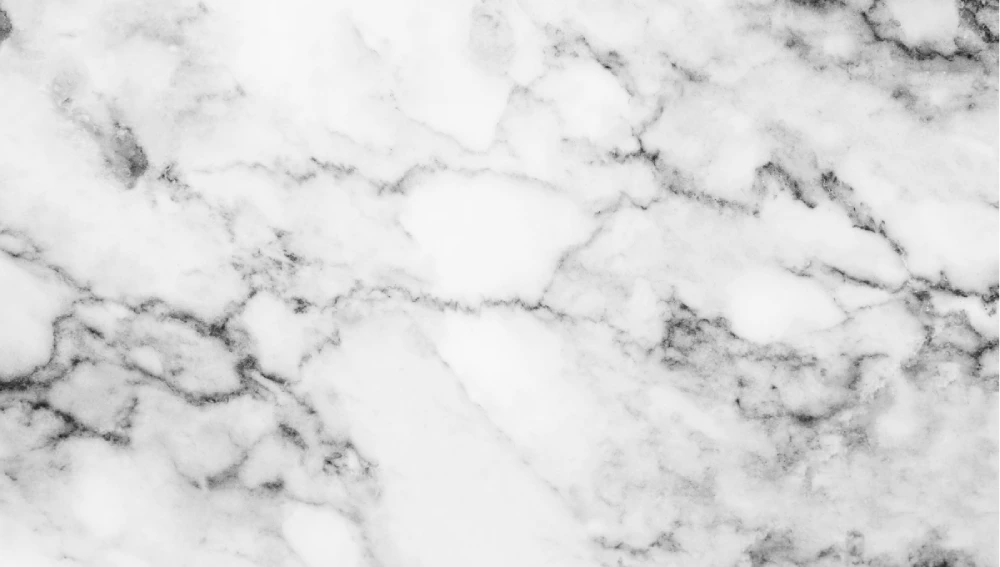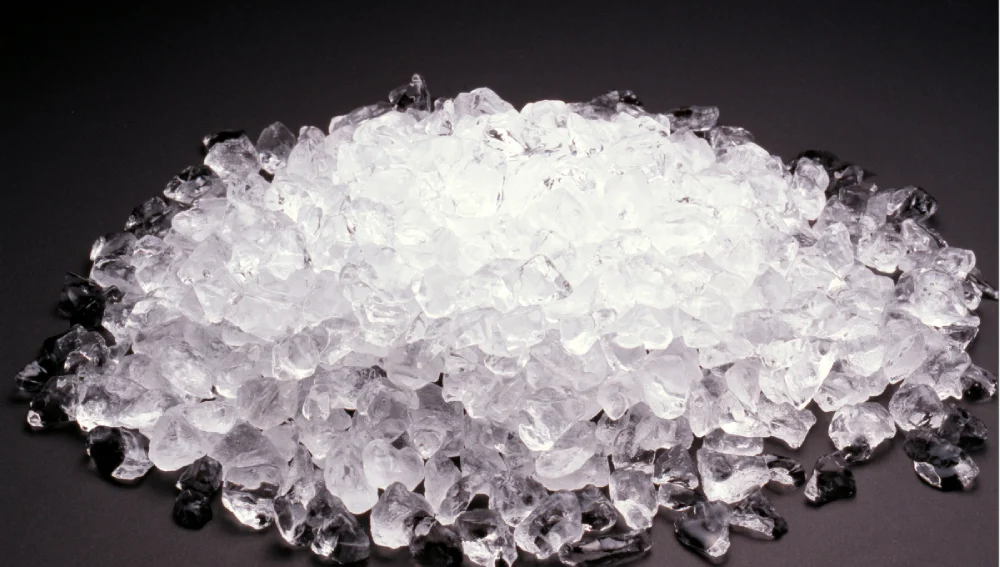Starting a home renovation or construction project involves a crucial decision. You have to choose the right flooring. Choosing the perfect flooring can be a real headache.
So many options exist all with their different features, and it is not difficult to get confused. That’s where Indian Patent Stone (IPS) flooring comes into place. It is an affordable lasting flooring option which is why it has been most popular among households and builders in India.
Let’s learn about IPS in construction, its types, benefits as well as drawbacks, and best possible applications. This article strives to provide you with information that will help you choose rightly when deciding on your floors.
What is IPS in construction?

IPS flooring, also known as Indian Patent Stone is the type of concrete flooring, in India. It consists of a mixture of cement, crushed stone (such as marble or granite) and color all mixed with water. This blend is then applied onto a surface. Smoothed to achieve a flat surface.
People like IPS flooring because it’s cheap, durable, and resistant to wear. It’s an option for high-traffic areas. These areas are in residences, stores, and industry. Additionally, it is easy to maintain cleanliness. You can personalize it with colors and designs to suit the visual appeal of any space.
Due to these qualities it has become a choice for individuals seeking an durable flooring solution, without breaking the bank.
How is Indian Patent Stone (IPS) Flooring Made?
Making a stunning Indian Patent Stone (IPS) floor starts with careful preparation. Then, you have to execute it precisely.
Each step is crucial to getting a lasting and pretty result,from preparation to polish. Let’s break down the process of turning a plain floor into something amazing.
1. Surface Preparation:
- Initially, any soil or foreign matter is eradicated from the slab.
- Also, this involves smoothing and filling gaps and splits in order to achieve a consistent foundation
- Lastly, prime IPS concrete so as to increase the bond strength between it and other surfaces
2. Marking and Leveling:
- Using a spirit level, mark on the walls that surround the appropriate height for completed floors.
- To control this process, some dummy dots should be made on the floor at equal distances.
3. Mixing:
- Mix cement, fine aggregates (marble chips or granite dust), color pigments and water in accurate proportions for the IPS mixture.
- For consistent results use mechanized mixing.
4. Laying:
- Divide the floor into smaller sections/panels to prevent shrinkage and cracking.
- Pour the IPS mixture onto the prepared surface starting from one of its corners.
- Use a trowel to spread out even slabs with required thicknesses and slopes if necessary.
- Like every other technique of mixing it is compacted to avoid air gaps between them.
5. Finishing:
- After setting at first, use a trowel for smoothing and flattening the surface.
- Use suitable instruments to achieve various finishes (smooth, textured or patterned).
- In order to avoid rapid drying and cracking, apply the curing compound.
6. Curing:
- The IPS flooring must be allowed to cure for not less than seven to ten days.
- Keep the surface damp by either hessian cloth sprinkling on it or covering it with wet cloths.
- Avoid heavy traffic and objects being placed on the floor during this period of curing
7. Polishing (Optional):
- For a polished look of IPS flooring, mechanical polishers can be used.
- Apply sealant in order to protect surfaces and improve their glossiness.
Following these steps, you can create a durable, aesthetically pleasing, cost-effective IPS floor that lasts years.
Advantages of IPS in Construction
| Advantage | Description |
| Cost-Effective | Significantly more affordable than other flooring options like marble, granite, or tiles. |
| Durable | Withstands heavy foot traffic, and wear and tear, making it ideal for high-traffic areas. |
| Versatile | Suitable for various applications: homes, offices, commercial spaces, and industrial areas. |
| Easy Maintenance | Requires minimal upkeep, regular sweeping and mopping is sufficient. |
| Customizable | Available in various colors, patterns, and designs, allowing for personalized aesthetics. |
Disadvantages of IPS in Construction
| Disadvantage | Description |
| Susceptibility to Cracking | Prone to cracking if not laid properly, exposed to extreme temperature fluctuations, or due to structural movement. |
| Slippery When Wet | Polished surfaces can be very slippery when wet, posing a safety hazard. |
| Limited Thermal Insulation | Does not offer significant insulation against heat or cold, leading to discomfort in extreme weather conditions. |
| Hard and Unforgiving Surface | The hard surface can be uncomfortable to stand on for extended periods, especially for people with joint problems. |
| Requires Skilled Labor for Installation | Proper installation requires expertise to ensure evenness, durability, and prevent cracking. |
Comparison of IPS with Other Flooring Options
Choosing the perfect flooring for your home or project can be daunting. Many options are available, each with advantages and drawbacks. So, it’s essential to weigh your choices carefully. To help you in this process, we will compare IPS with other popular flooring options, including tiles and marble. We will consider their cost, durability, and maintenance.
| Feature | IPS Flooring | Tiles | Marble |
| Cost | Low | Moderate to High | High |
| Durability | High | Moderate to High | Moderate |
| Maintenance | Easy | Easy | Moderate |
| Aesthetics | Limited, but customizable | Wide range of designs and patterns | Elegant and luxurious |
| Installation Time | Relatively quick | Moderate | Time-consuming |
| Water Resistance | Moderate | Varies depending on the type | Low |
| Slip Resistance | Can be slippery when wet, but texture can be added | Varies depending on the type | Can be slippery when wet |
| Heat Resistance | High | Varies depending on the type | Moderate |
| Stain Resistance | Moderate | High (for glazed tiles) | Low |
| Eco-Friendliness | Relatively eco-friendly | Varies depending on material and production | Can be eco-friendly depending on sourcing |
| Comfort | Can be hard and cold | Varies depending on the type | Can be cold |
| Suitability for Underfloor Heating | Yes | Yes | Yes |
| Longevity | High | Moderate to High | High |
| Repair | Relatively easy for minor damages | Can be difficult and require replacement | Can be difficult and expensive |
Conclusion:
In the end, the best flooring depends on your needs, budget, and style. IPS flooring is affordable, durable, and versatile. But tiles offer more designs. And marble is luxurious.
Consider your space’s demands. It may be a high-traffic area, a moisture-prone bathroom, or a stylish living room.
Select flooring that perfectly matches your requirements with complete assurance by weighing each material’s good and bad points. It will ensure a beautiful and functional foundation for your home or project.
Are you looking for a house floor plan? Check out Brick & Bolt’s latest house floor plan to choose the right design for your home.
FAQS
IPS (Indian Patent Stone) flooring is durable, cost-effective, and offers good resistance to wear and tear. It is commonly used in commercial and industrial settings due to its robustness and low maintenance requirements.
The thickness of IPS (Indian Patent Stone) flooring typically ranges from 25 to 40 millimeters. This thickness ensures durability and strength, making it suitable for high-traffic areas and heavy use.
IPS (Indian Patent Stone) flooring is made from a mix of cement, sand, and crushed stones, often with a topping of marble or granite chips. This blend creates a durable, strong surface suitable for various flooring applications.

